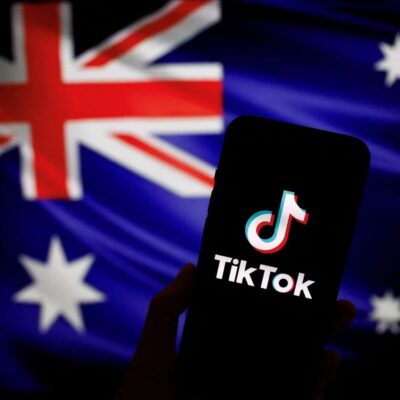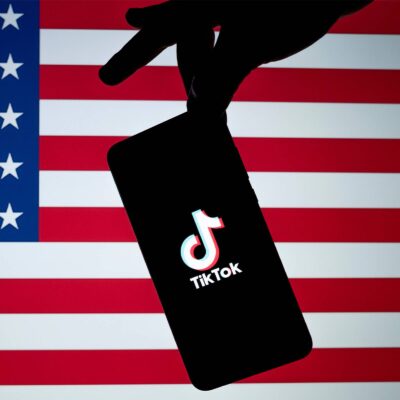TikTok removed 89,132,938 videos worldwide in the second half of 2020 for violations of its community guidelines or terms of service, representing less than 1% of total videos uploaded, and 11,775,777 of those removals were in the U.S., the platform said in its latest global Transparency Report.
TikTok removes 89 million videos and 6.14 million accounts were removed for violating it’s community guidelines in H2 2020.
TikTok added the following data to this installment of its Transparency Report
- Accounts removed
- Ads rejected for violating its advertising policies
- Spam accounts and videos removed
- Specific policy insights
- Videos restored after creator appeals
Key numbers from the new report include
- 92.4% of the videos removed were pulled before being reported by a user, while 83.3% were removed before receiving any views and 93.5% within 24 hours of posting.
- 6,144,040 accounts were removed for violating TikTok’s community guidelines.
- 9,499,881 spam accounts were removed, along with 5,225,800 spam videos posted by those accounts.
- TikTok prevented 173,246,894 accounts from being created via automated means.
On misinformation about Covid-19 and the vaccine
- TikTok’s Covid-19 information hub was viewed 2,625,049,193 times.
- Banners directed viewers to the hub were added to 3,065,213 videos.
- Public-service announcements on hashtags directing users to the World Health Organization or local public health resources were viewed 38,010,670,666 times.
- 51,505 videos were removed for promoting Covid-19 misinformation, with 86% pulled before being reported, 87% within 24 hours of upload and 71% with zero views.
U.S. 2020 presidential election
TikTok removed nearly 350,000 videos in the US for violating rules on election misinformation, disinformation or manipulated media in the second half year, the short-form video app.
The video platform removed a total of 347,225 videos from the platform and made an additional 441,028 videos ineligible for recommendation on the For You page, which serves as a home page for users.
- TikTok’s 2020 Elections Guide was visited 17,995,580 times.
- PSAs on election-related hashtags that reminded people to follow the platform’s community guidelines, verify information and report content were viewed 73,776,375,496 times.
- Banners were added to 6,978,395 election-related videos directing viewers to the 2020 Elections Guide.
- 347,225 videos were removed in the U.S. for election misinformation, disinformation or manipulated media.
- 441,028 videos were deemed ineligible for recommendation via the application’s For You feed following fact-checker review.
It was a busy year for the popular video app
The company detailed legal requests it received in the U.S. during the last six months of 2020. It received 546 legal requests for information, and evaluated:
- 228 subpoenas (TikTok said it may disclose user data that includes basic subscriber information)
- 169 search warrants (TikTok said it may disclose user data that incudes video content and interactions)
- 11 court orders (TikTok said it may disclose user data including log data)
- One pen register/trap trace (TikTok said it may disclose user data including log data)
- 137 emergency disclosure requests.
TikTok also received five requests from U.S. government agencies to restrict or remove content. Finally, the platform outlined areas where it believed it performed well, and those where improvement is needed.
TikTok touted
- Its efforts to protect the election.
- Its tooling investments that enabled it to quickly and meaningfully reduce the discoverability of disinformation and inciteful content.
- Its quick redirection of hashtags such as #sharpiegate, #stopthesteal and #patriotparty, which also helped it to combat QAnon content.
- Faster turnaround times for fact checking.
- Investments in building relationships with experts, improving its approaches to platform integrity.
Areas where the company felt it needed to improve included
- Advancing its models to better identify altered versions of known disinformation.
- Continuing to refine its system that prevents repeat offenders from circumventing its enforcement decisions.
- Investing more in educating creators and brands on disclosure requirements for paid influencer content.
- Rolling out future elections guides sooner in the process.






